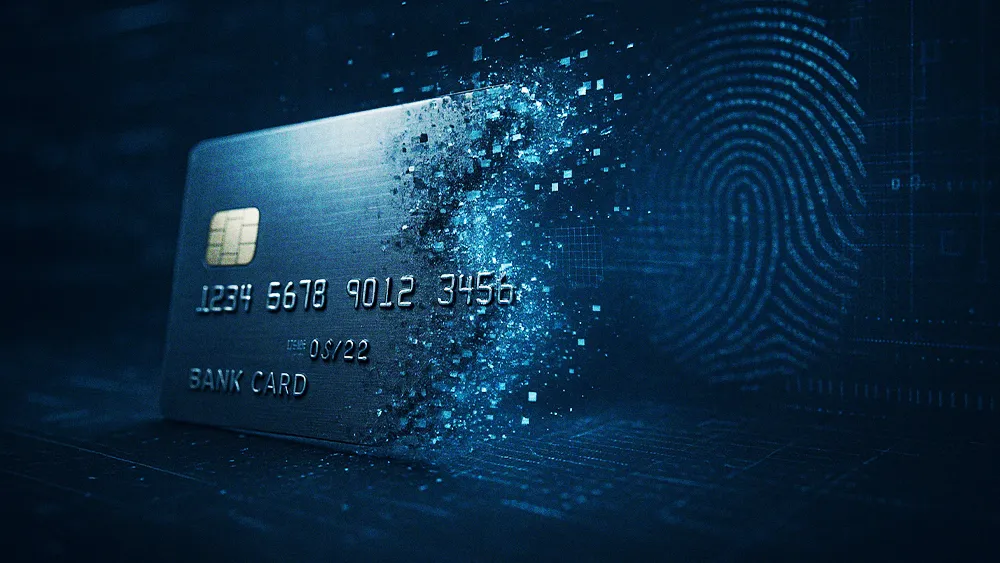
All articles
Catching Fraudsters Turns Bank Customers into Superfans
A new study finds that when banks catch a fraudster, the victim becomes 62% less likely to leave than customers who never experienced fraud.

Key Points
- A new study finds that when banks catch a fraudster, the victim becomes 62% less likely to leave than customers who never experienced fraud.
- This increased loyalty is driven by a restored sense of security, not just the refund of stolen funds, highlighting the "service recovery paradox."
- The research positions investment in fraud detection as a powerful tool for building customer loyalty rather than simply a cost for loss recovery.
A new study from the University of Notre Dame and Carnegie Mellon University reveals that when banks successfully identify a fraudster, the victims become even more loyal than customers who never had a problem at all. The key isn't just refunding money, but restoring a sense of security.
By the numbers: Research analyzing over 420,000 bank customers found that victims of unresolved fraud are 40% more likely to leave. But if the bank catches the culprit, those same customers become 62% less likely to leave than customers who were never victimized in the first place, according to the report.
It's not about the money: This outcome is a textbook example of the "service recovery paradox," where fixing a screw-up brilliantly can forge a stronger bond than if nothing had ever gone wrong. In nearly every case, the bank had already refunded the stolen funds, showing the real payoff was the peace of mind that comes from knowing the culprit was caught.
The bottom line: For banks, the lesson is clear: investing in catching criminals isn't just a cost center for loss recovery, but a powerful and unexpected tool for building customer loyalty.
The wider view: This research highlights the value of attributing blame, but the full academic breakdown is also available for a deeper dive. Meanwhile, banks are also grappling with the other side of the coin: how to implement fraud controls without creating so much friction that they drive away good customers.







